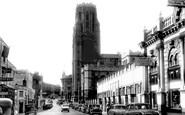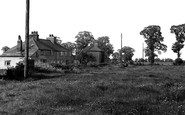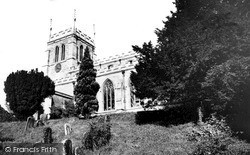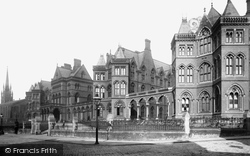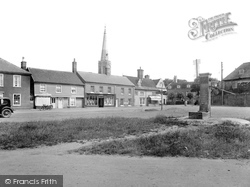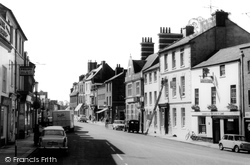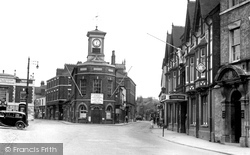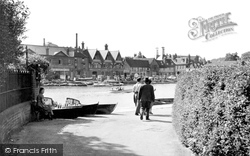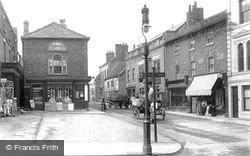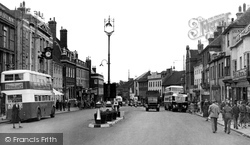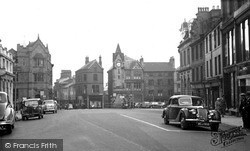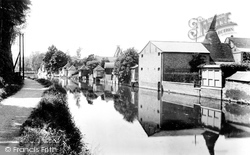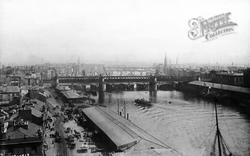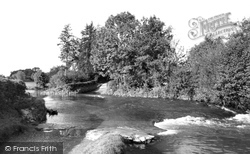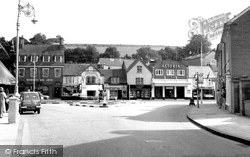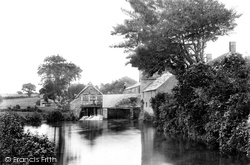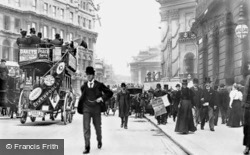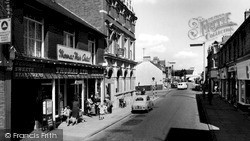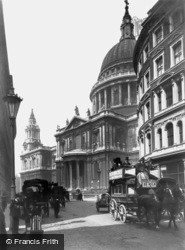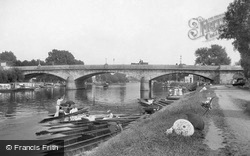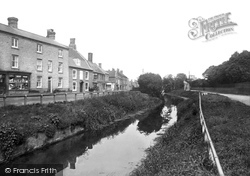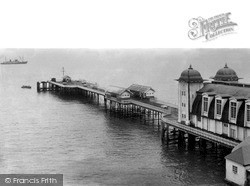Places
3 places found.
Those places high-lighted have photos. All locations may have maps, books and memories.
Photos
68 photos found. Showing results 1,081 to 68.
Maps
12 maps found.
Books
15 books found. Showing results 1,297 to 15.
Memories
7,562 memories found. Showing results 541 to 550.
The Halcyon 1950's
I lived with my family in Connaught Gardens from being born in 1949 to late 1960 when we moved to Shiremoor. At the end of our street was an overgrown, rubble strewn wasteland which we called 'The Croft'. A natural childrens ...Read more
A memory of Forest Hall in 1950 by
Norton Manor
I joined the army at the age of 15 and was posted to Norton Manor Camp on the outskirts of Taunton. At first we were not permitted to go out of the camp but when we did it was always Taunton that we visited. I have fond memories of ...Read more
A memory of Rumwell in 1961 by
Last Place Of Abode In The Uk
My name is Judith Buchanan, formerly High, and we used to live at 20 Cambridge Rd, Thornaby. This house remains firmly entrenched in my earliest childhood memory. I was seven years old when our family left the ...Read more
A memory of Stockton-on-Tees in 1962 by
Part 7
There was no running hot water, no gas, no bathroom and no flushing toilets. Electricity was used for lighting and if you were lucky, a wireless set. Most sets were run from accumulators, a sort of battery, which you had to take to the ...Read more
A memory of Middle Rainton in 1945 by
When I Was A Child
When I was a little girl I remember my nan Parker and I would go into Woolworth's and buy the broken biscuits. Now days that would seem so trivial, but back then it was a luxury and I never knew anything different. I now live in ...Read more
A memory of Redditch in 1965 by
Driving Out Of Bristol
Centre of road, driving towards the camera in his brand new ivory Ford Consul Mk II reg. 441 AAE is my recently deceased father, Captain G.G.Liles of BOAC (ex-RAF).1920-2006. We lived in Brislington from 1949-1958, until ...Read more
A memory of Bristol in 1957 by
Marton
I attended Marton between 1961-1965. I am a catholic, so we went to church by car, as there was only a few of us. I remember the long walks on Sunday afternoon. The pictures on a friday night, girls on one side, boys on the other, with ...Read more
A memory of Whitegate in 1960 by
Memories Of Hulme
My name is Lynda (Howarth) and I lived in Hulme from 1943 until 1953. My Mum was Edith Woods, and she married Stanley Howarth. My mum used to live in Mary Street and then we moved to Junction Street, after the war. I ...Read more
A memory of Hulme in 1943 by
My Days At Heswall
I was on The Anne White Wing for 18 months and loved every minuite. I remember nurses called Dennis Sidebottom, Karen Gullick, and Steve Eastburn. I used to go to the hospital school during the week and I think my teacher was ...Read more
A memory of Heswall in 1980 by
The Doctor's Surgery
I remember the doctor used to visit the village once or twice a week & set up his surgery in Mrs Benton's house. Mrs Benton, (Alice, or was that her daughter?), lived in the cottage at the end of the row, furthest away in the ...Read more
A memory of Bulphan in 1960 by
Captions
2,501 captions found. Showing results 1,297 to 1,320.
From this view it is obvious that the town occupies a ridge between the two rivers: the land drops to the Great Ouse (see the previous views) and to the Ouzel, as we see here - this view was
Completed in 1868, the Infirmary was designed by Gilbert Scott, whose other major work at this time was the hotel at St Pancras Railway station in London.
We start with the White Hart (left); then comes A J White, watch and clockmaker (the other half of the building was Barclay's Bank, open on Wednesdays), George Howe, draper and grocer, Adam's, baker and
The Lloyds Bank to the left of the road is still in existence and bears a commemorative plaque to Gwen John and her brother Augustus John, both artists.
Comparing this to picture D83053, we can see that the decorators have changed position. The painter is now 'footing' the ladder for his colleague.
We can see the Midland (HSBC) Bank to the front right and the National Provincial (NatWest) to the far left.
The Bon Marche on Bethcar Street was a large general department store, selling practically anything.
The 1870 view of the bridge is particularly interesting, for it shows the Berkshire bank before the spread of late Victorian developments that brought large houses and villas to the Berkshire hillside
The River Lea, part of the Leesic Navigation, runs for a long distance parallel to the New River.
Nine miles from York on the road to Leeds, Tadcaster was once the Roman outpost of Calcaria.
Despite the fact that post-war rationing was still in force, this market town was thriving. On the left is an optician's, A Bateman's.
This photograph shows the view south across Devonshire Street into King Street. Half hidden by the Musgrave monument is Graham's grocers, established in 1793.
The flour and malting mills on the far bank dominate this peaceful riverside scene.
Looking along the Broomielaw towards Clyde Street this picture gives us a good view of the railway bridge serving Central Station, whilst immediately behind it work is underway on rebuilding Glasgow Bridge
The River Arrow meanders over a wide flood plain and most villages in the area sit well above its banks. However Eardisland, for some reason, is situated right beside the river.
Looking east from Blucher Street this view shows how steeply the chalk hills rise behind the town, still undeveloped.
East Mill and its mill pool, looking eastwards from the north bank of the River Asker towards houses beside East Road (centre).
The heart of the Square Mile. City life looks as frenetic as it does today. Job mobility was unheard of in the Victorian office.
Mostly the buildings are two storey. Banks, such as Lloyds in this view, are the only buildings of any quality.
The heart of the Square Mile. City life looks as frenetic as it does today. Job mobility was unheard of in the Victorian office.
This view looks downstream from the Egham bank.
The photograph is taken from the Norfolk bank of the Wellstream that flows into Wisbech. A later brick front was added to the 17th-century White Lion.
The photograph is taken from the Norfolk bank of the Wellstream that flows into Wisbech. A later brick front was added to the 17th-century White Lion.
Just two years after the new pavilion's opening, a disaster was averted when bravery and decisive action prevented a blaze reaching it.
Places (3)
Photos (68)
Memories (7562)
Books (15)
Maps (12)




